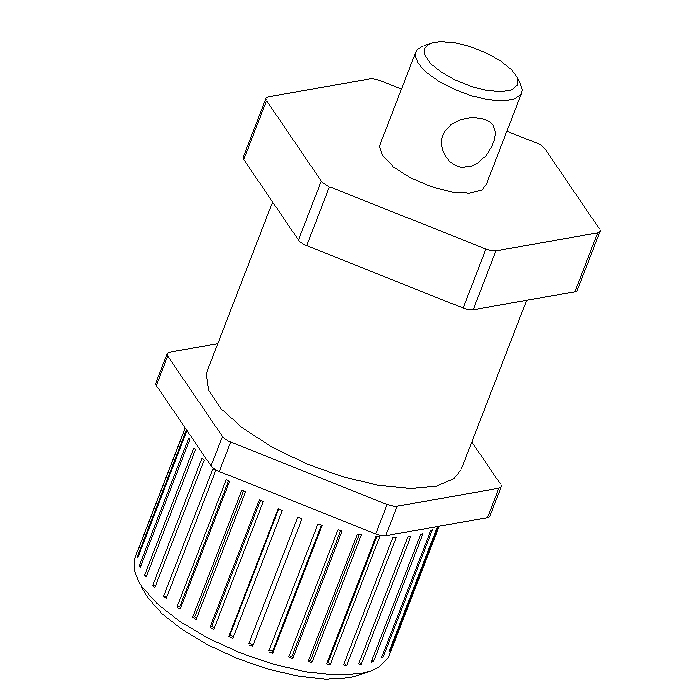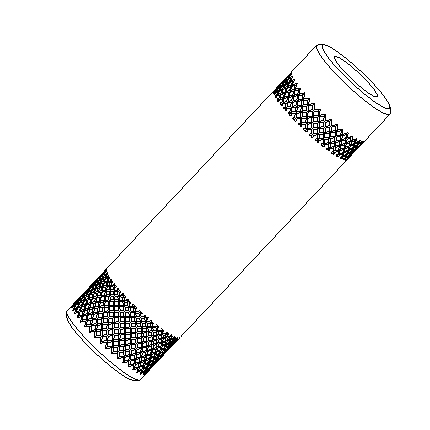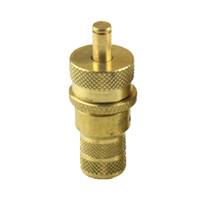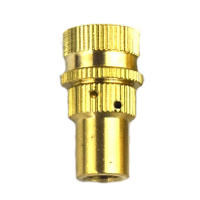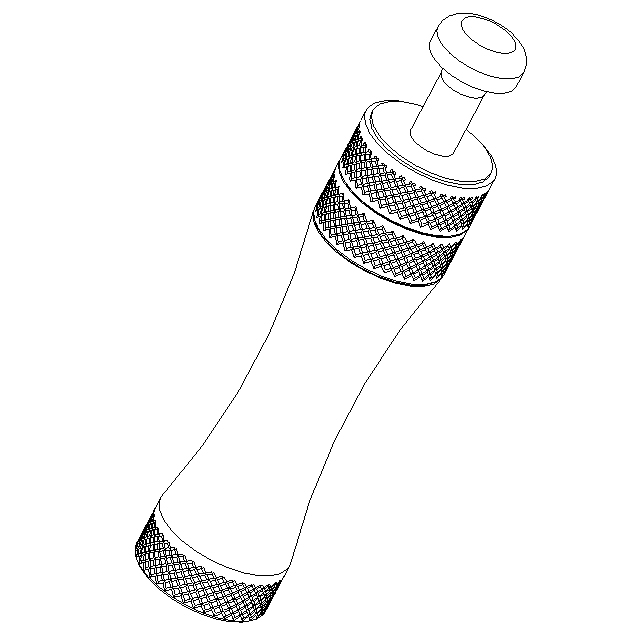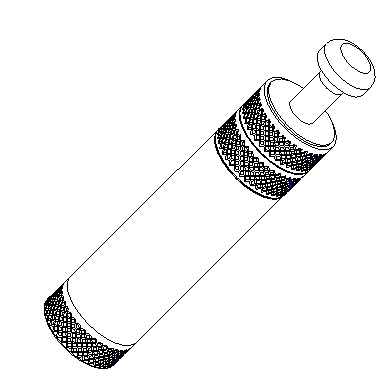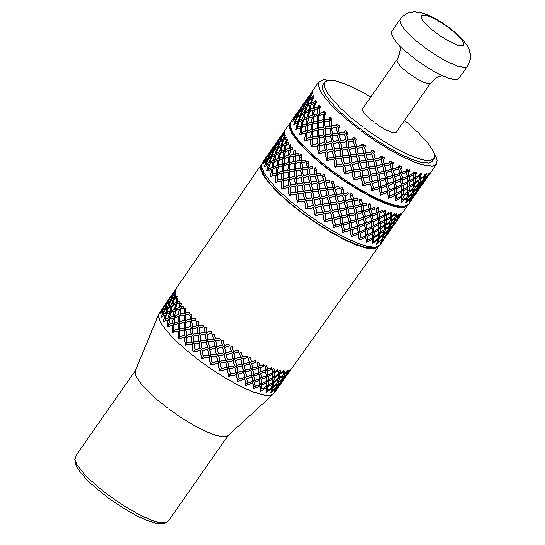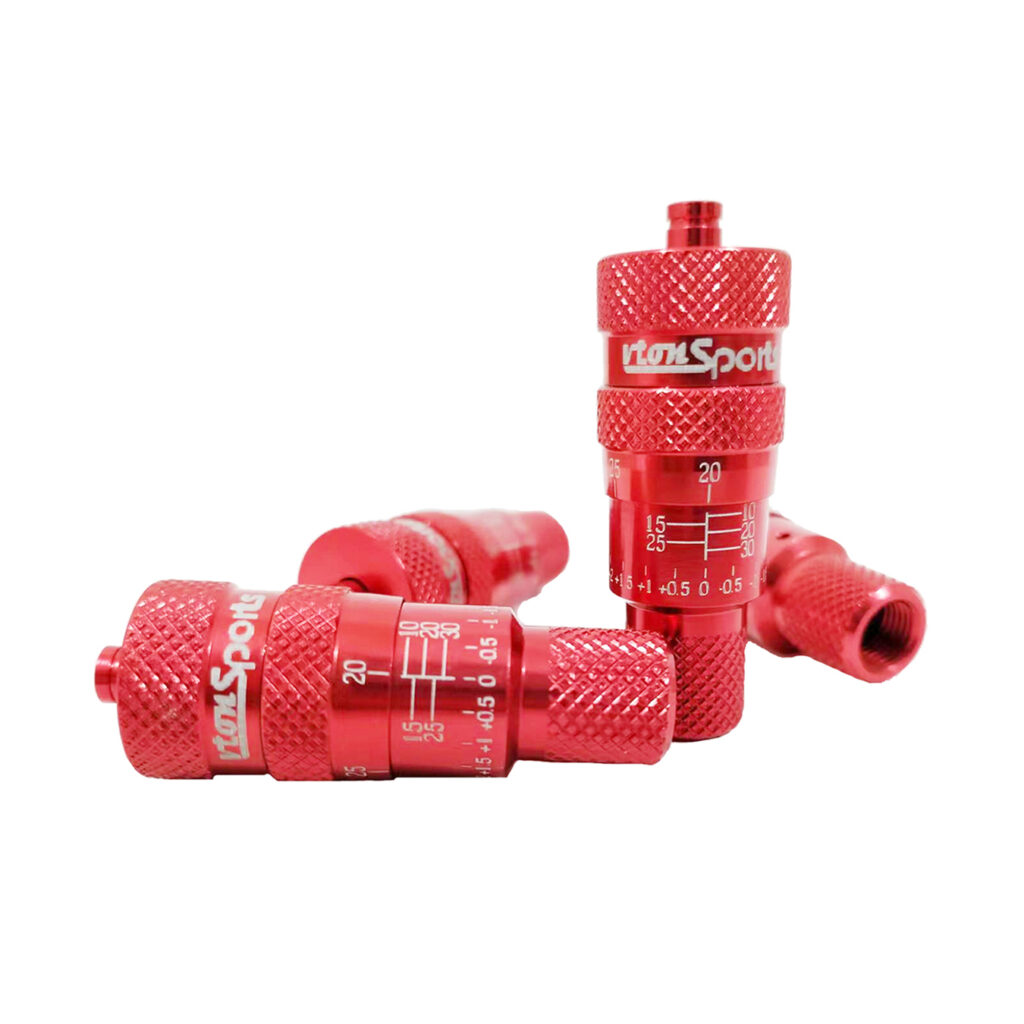If you’re into off-roading, you know that airing down your tires is crucial for better traction on sand, rocks, mud, and other rough terrains. That’s where tire deflators come in—they help you quickly and accurately reduce tire pressure to the optimal level for off-road adventures.
But with several types of deflators available, how do you choose the right one? Let’s break down the four main types of tire deflators, comparing their operation, speed, accuracy, and price.
1. Manual Deflator Valve (Stick Style or Screw-On)
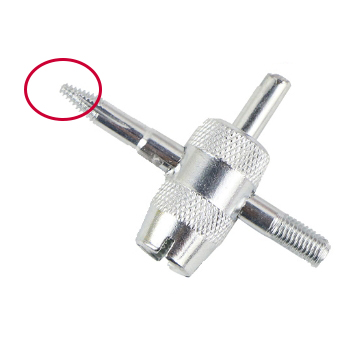
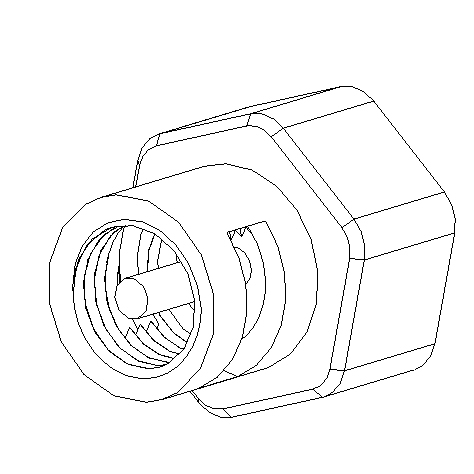
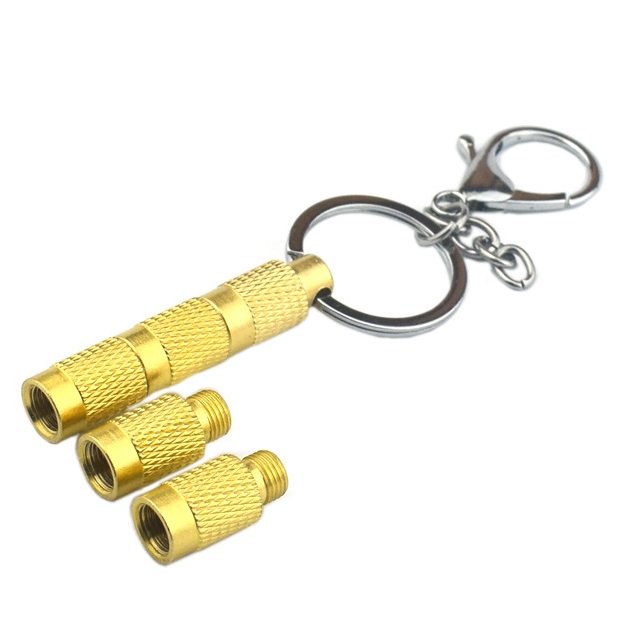
How It Works:
- Stick-style: Press down to release air, lift to stop.
- Screw-on: Attach to the valve stem for continuous air release (requires frequent pressure checks with a separate gauge).
Pros & Cons:
✅ Easy to use ✅ Affordable (5$~15$)
❌ Slowest method ❌ Requires constant kneeling and monitoring ❌ Accuracy depends on your gauge and experienceBest for: Budget-conscious off-roaders who don’t mind a slower process.
2. Manual Air Down Tool with Gauge
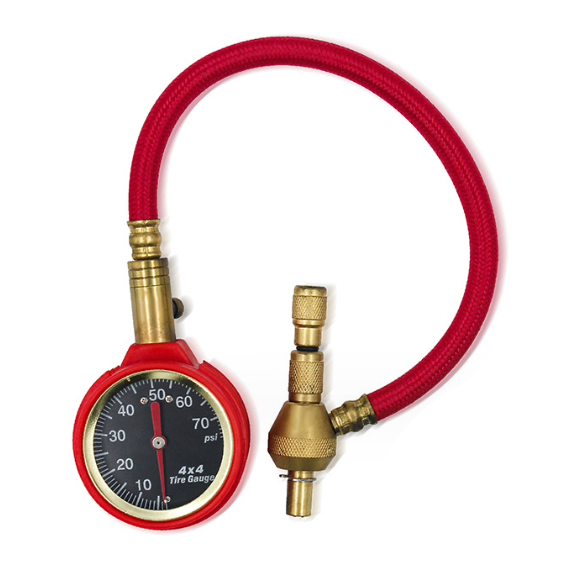
How It Works:
- Screw onto the valve stem.
- Remove the valve core for faster deflation.
- Monitor the built-in gauge until desired pressure is reached.
- Reinsert the valve core when done.
Pros & Cons:
✅ Faster than basic manual deflators
✅ Built-in gauge improves accuracy
❌ Still requires kneeling and manual operation
❌ Must deflate each tire one by one
Price: 20$~60$
Best for: Off-roaders who want a balance between speed and cost.
3. Preset Automatic Tire Deflator Tool
How It Works:
- Preset every deflator by a tire which is at your desire pressure.
- Screw onto all four tires at once.
- The deflators stop automatically when the target pressure is reached.

- Speed: theoretically, can be the fastest, because 4 deflators works at a time. But, this type of tire deflator from the market
has quite difference on speed. Bellow picture shows the the time/pressure
curves tested on top brand and a much cheaper one. From the curve you can see, 140s for top brand, and 200s for the cheaper one (43% slower). However if count the time spend on preset process, the total time would be longer than 2nd Generation – Manual air down tool with gauge.
Pros & Cons:
✅ Hands-free operation
✅ No need to monitor pressure constantly
❌ Presetting takes extra time
❌ Speed and accuracy vary by brand
Price: 15$~100$
4. Adjustable Automatic Tire Deflator (Pro Kit)
How It Works:
- Simply adjust the pressure setting (usually 10–30 PSI).
- Screw onto the tire—it stops automatically when done.
Pros & Cons:
✅ Fastest and most convenient
✅ No presetting required
✅ Most accurate (if from a reputable brand)
❌ Speed and accuracy vary by brand
❌ Most expensive (60$~120$)
Best for: Serious off-roaders who value speed, precision, and ease of use.
Which Tire Deflator Should You Choose?
| Type | Speed | Accuracy | Ease of Use | Price |
|---|---|---|---|---|
| Manual Deflator Valve | Slow | Low | Tired | 5~25$ |
| Manual Tool with Gauge | Fast | Accuate | Moderate | 20~60$ |
| Preset Automatic Deflator | Fast (Vary by brands) | Accurate (Vary by brands) | Easy | 15~100$ |
| Adjustable Automatic Deflator (Pro) | Fast (Vary by brands) | Accurate (Vary by brands) | Easiest | 60~120$ |
*Speed varies by brand—some preset deflators are slower than manual tools.
Final Recommendation:
- For beginners or occasional off-roaders: A manual deflator with a gauge is a good start.
- For frequent adventurers: An adjustable automatic deflator saves time and effort.
Looking for a reliable deflator? Check out our best off-road tire deflators for top-rated options!
